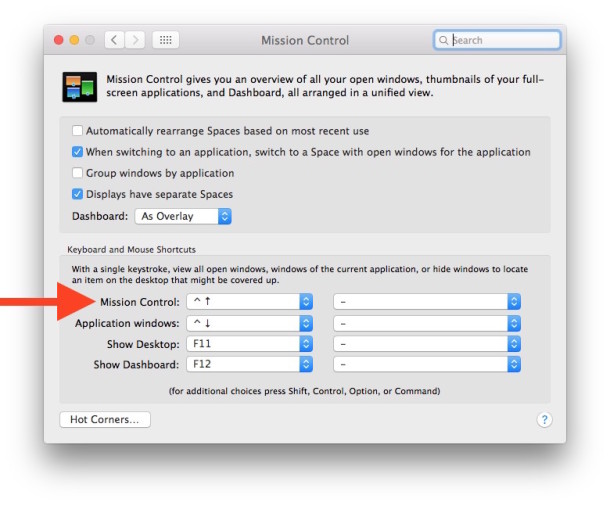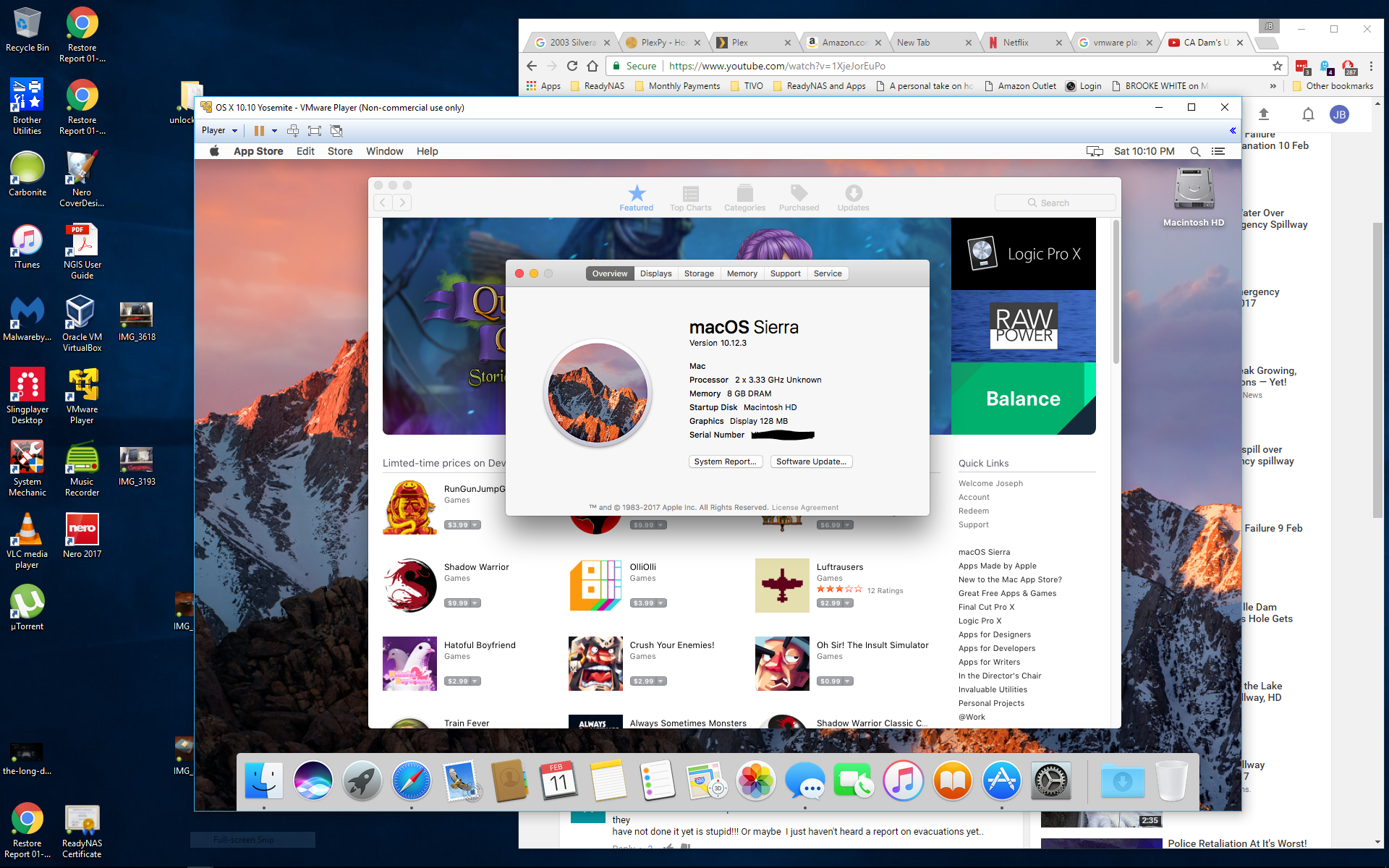

You’ll need to register for a free account over at to download this. Mulitbeast 4, which will help you get audio and other things working correctly after installation.

However, both will help you boot into the installation.

Each one has it's own function which you'll know later. The HackBoot 1 and HackBoot 2 ISO files. If that doesn’t fit well with you, you can head over to the Mac App Store and buy a legit copy for yourself, so you can at least pirate with a clear conscience. The hacking group Olarila has put a great installation ISO together, and you can find it by searching Google. Sadly, this won’t work with a vanilla Mountain Lion installer, so you’ll have to find a compatible hacked version. You should download the main program and the Extension Pack, which will give you support for USB devices. VirtualBox doesn’t officially support OS X, but it’s actually very easy to get up and running. VirtualBox and the VirtualBox Extension Pack: VirtualBox is my favourite virtualisation tool for Windows, and it’s completely free. This list should help you find out whether yours does. Note that your processor also needs to support VT-x. If you’re on a 32-bit version of Windows, you can install Snow Leopard instead (Google it as this instructable is for Mountain Lion not Snow Leopard). Mountain Lion is 64-bit, and thus requires your copy of Windows to be 64-bit. TIP: Using a non-APFS filesystem is recommended.Before you start the installation process, you’ll want to gather the following: - A PC running 64-bit Windows with at least a dual-core processor and 4GB of RAM.

Use the Disk Utility tool within the macOS installer to partition, andįormat the virtual disk attached to the macOS VM. Install Processīoot your machine and select the OS Install Partition on startup. Just make sure you put it on at least a SSD or a nvme drive as it will be super slow if you don’t. This is even simpler as you just click Add Hardware -> Storage and create new file. Note: while you can use drive short names /dev/sda I’d recommend using /dev/disk/by-id/HARDDRIVESERIAL as this doesn’t ever change. This is pretty simple as you just click Add Hardware -> Storage and then specify your hard drive. Obviously, the physical drive is considerably faster, but not possible in some instances such as laptops or if you can’t afford a secondary drive. You have two options: physical hard drive passthrough or qcow2 file. Before we can start out VM we have to have a hard drive to load it.


 0 kommentar(er)
0 kommentar(er)
